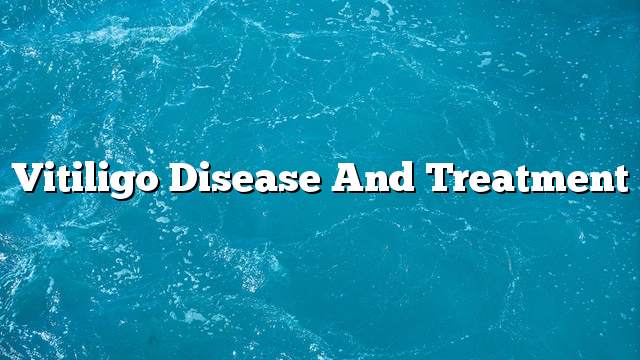Vitiligo disease and treatment
Vitiligo is one of the most common skin diseases among all races. Its incidence is around 1% to 2% of the world’s population. Vitiligo is a disease of the human body’s pigment cells, which is located at the bottom of the skin and causes white spots Pale color has no pigments, and often white spots are colored brown.
It is expected that infected vitiligo anywhere in the body, but some places are more susceptible than others to the disease of vitiligo, for example, the face and neck and chest and thighs and sensitive places such as armpits and genital places of the most vulnerable to vitiligo, That the places burned or injured, but the hair may also become fatigue and turn to white, and applies to the hair of the body and hair of the head and face.
Vitiligo is usually associated with genetic factors. Vitiligo is associated with a genetic history associated with the disease. People who have family infections are more likely to develop it, and symptoms usually begin before the age of 20.
For the treatment of vitiligo there are several ways:
First : Exposure to topical treatment such as creams, paints and localized injection of the skin.
Second : Exposure to ultraviolet therapy.
Third : Exposure to surgical treatment, for example transplantation of pigmented cells, or the infected skin can be vaccinated with healthy skin, only in the case of vitiligo, which shows no response to other treatment methods.
Fourthly : The remaining color is removed in the entire body and thus the body is completely free of dye, using a medical compound under strict medical supervision.
Vitiligo patients should continue to use sunscreens for fear of permanent sunburn.
